Almost every decade of the twentieth century gave birth to new trends in automotive fashion. By the contours of the car, you can more or less accurately determine in what years it went into production. However, in almost all eras there were models that stood out from others with a massive radiator grille. Nevertheless, they are interesting not only in appearance – their other features are also noteworthy. Perhaps it is worth considering them in more detail.
Buick Roadmaster (1948 год)
This car turned out to be so recognizable in appearance that it set a real trend for a similar design for the coming years.
The general body lines of this model were typical of cars of the 1940-1950s, but the 1948 Roadmaster still stood out in appearance. He received a massive chrome grille, and four round holes were made on the sides of the engine compartment. The latter initially served to remove heat from the engine, but they looked so stylish that they were also used on later versions exclusively as a decorative element. Another distinctive feature is the chrome moldings on the sides of the body. The appearance of the car emphasized its name, which can be translated as “lord of the roads”.
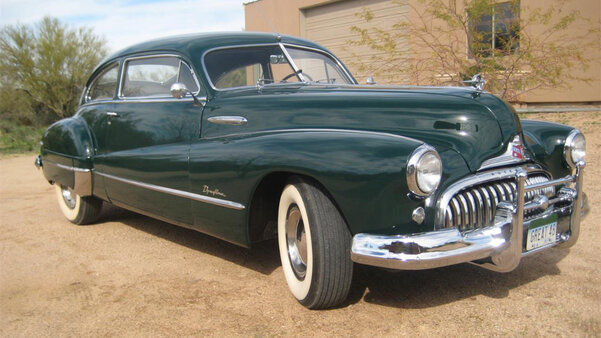
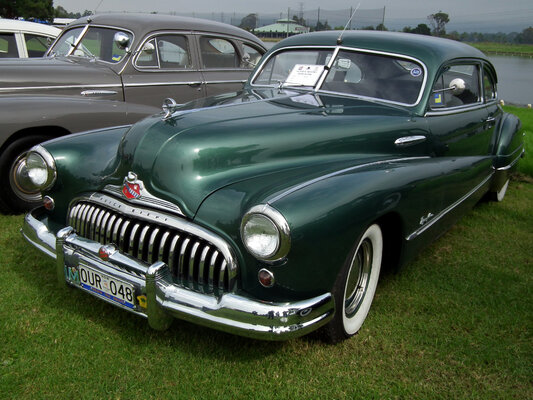
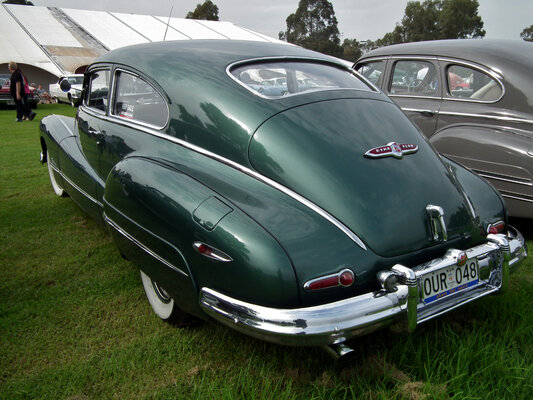
Several body options were produced. One of them actually became the first hardtop in the United States – that is, it did not have side racks, and its windows rose and fell back to back. In addition, it was on this car that an automatic transmission appeared for the first time in the history of the automotive industry – it was equipped with luxury versions. They also sported leather trim. Under the hood (by the way, it opened to the side) was an 8-cylinder 150-horsepower in-line engine with a volume of 5.2 liters. Consumers appreciated the technical equipment, which contributed to successful sales. As a result, the competitors began to imitate Buick. Thus, the 1948 Roadmaster set a whole new direction in automotive fashion for the next 10 years.
Chrysler 300 C (1957)
Surprisingly, even in the middle of the last century, such cars easily accelerated over 200 kilometers per hour and were confidently driven.
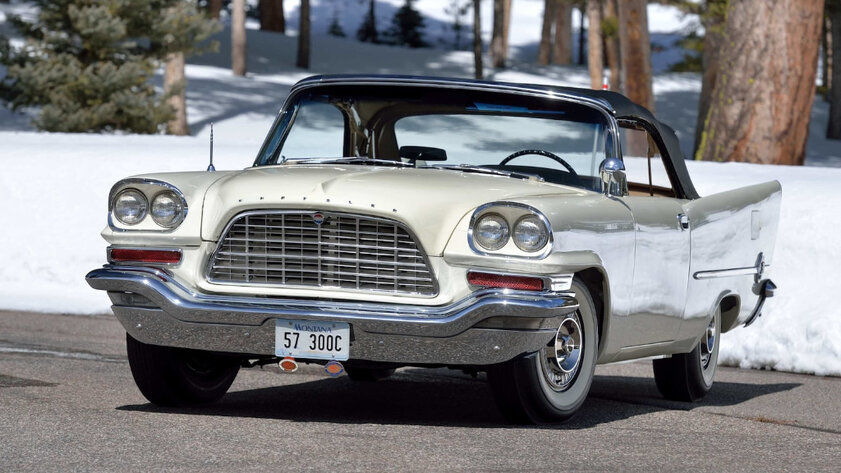
Elite coupe with original design. The body style also applies to hardtops, as the side windows were lowered along with the pillars. The gear lever was located on the steering column, so the solid front seat could accommodate the driver and two passengers. Split backs reclined forward, giving access to the back row. Belonging to the premium class was emphasized by leather upholstery and an abundance of chrome elements on the outside. The aggressive look of the car was given by an extensive radiator grill, installed between the hood and the bumper at an angle.
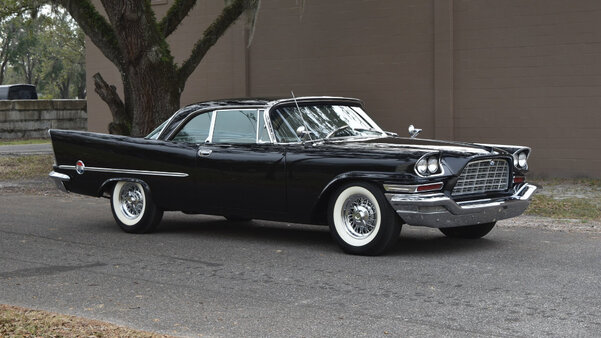
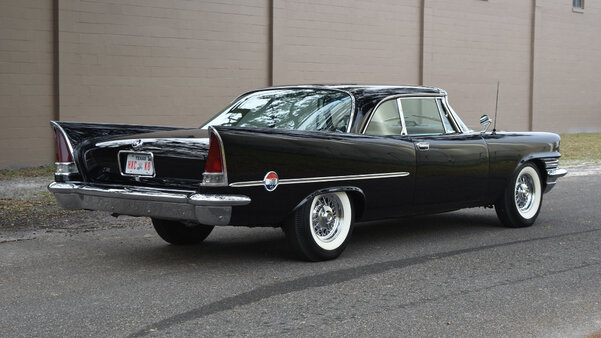
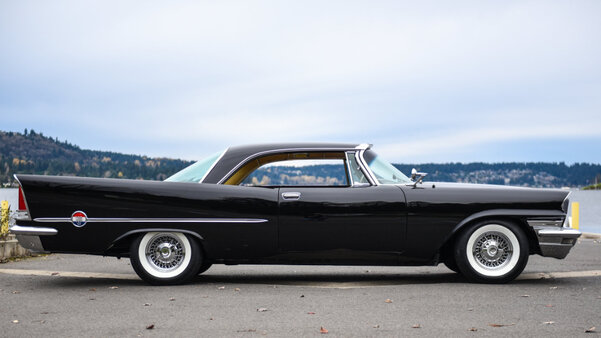
Another characteristic feature is the “fins” on the sides of the trunk. They resembled the tail of a rocket and were just coming into vogue. However, on no production model of those years, this decorative element was so large. Also distinguished were the twin round headlights with air intakes located under them to cool the drum brakes. The measure is not at all superfluous, since the V-shaped 8-cylinder engine with a volume of 6.4 liters had a capacity of 390 horsepower and could accelerate the car to 240 kilometers per hour. Even at this speed, the Chrysler 300 C held the road confidently and handled well. This was facilitated by the rack and pinion power steering, torsion bar suspension and a relatively low ground clearance for those times.
Dodge Charger (1969 год)
The legendary car, which has become the protagonist of many films, as well as computer games – you want to ride this even today
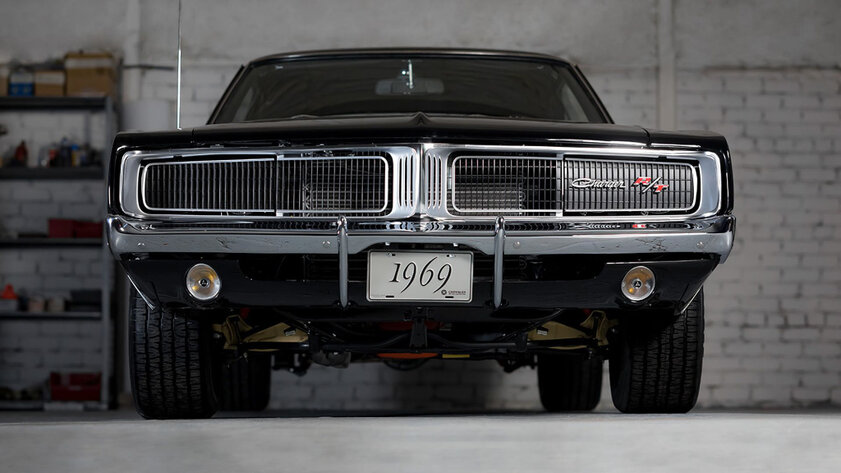
A real muscle car built for speed. This is almost the only car that could compete with the famous Ford Mustang. The Dodge company relied not only on technical characteristics, but also on an unusual appearance, later nicknamed “a cola bottle” (in the profile, some similarity is really guessed). But the main feature was the radiator grill – it was divided in the center by a vertical metal protrusion and visually occupied the entire space between the hood and the bumper. It seemed that there was not even room for the headlights. In fact, the round lanterns were hidden behind special curtains, stylized as a lattice.
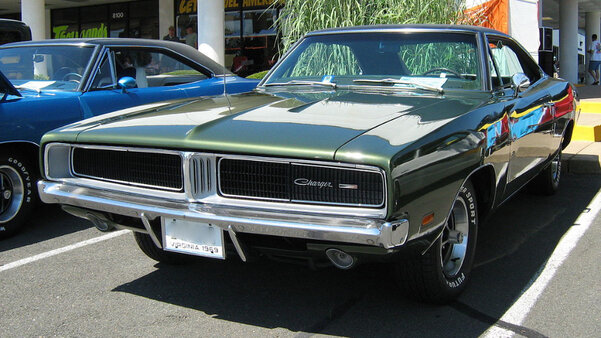
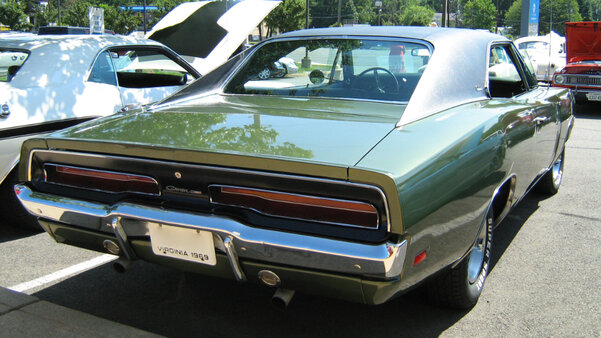
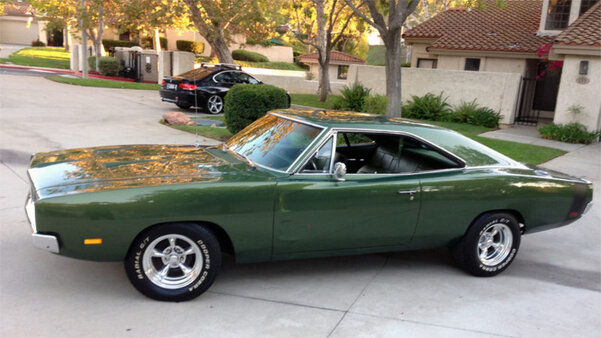
The body of the hardtop coupe was equipped with many chrome elements. There were also a lot of them in the cabin – they complemented the leather and wood trim, plastic was not used at all. The car was sold in different trim levels. A three-position automatic transmission or manual transmissions in 3 and 4 steps were available to choose from. In addition, 7 engine options were offered (there were no low-power ones among them). The most productive is a V-shaped eight with three two-chamber carburetors. This 7.2-liter power unit produced 390 horsepower. With him, the car accelerated to 330 kilometers per hour.
Ford Granada (1975)
Ford Granada had many special versions that deserve increased attention of collectors today.
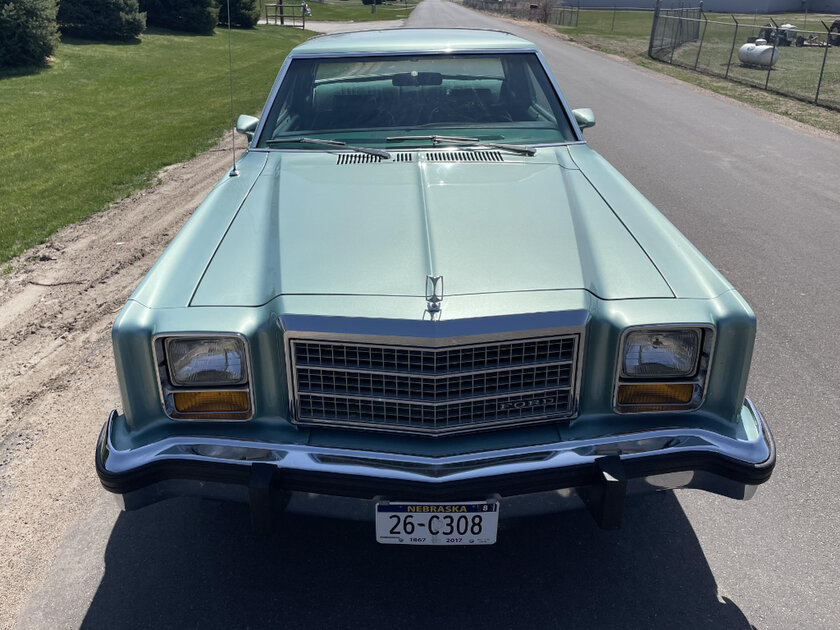
Ford simultaneously produced several variants of cars with this name. The basic models did not stand out in any way, but there were also special premium editions. They did not reach the luxury cars, but with additional options they became quite comfortable. These were collected exclusively in the United States, and it was strikingly different from its cheaper counterparts. The body has acquired a rectangular shape and began to look much more solid. This was also facilitated by the massive chrome grille.
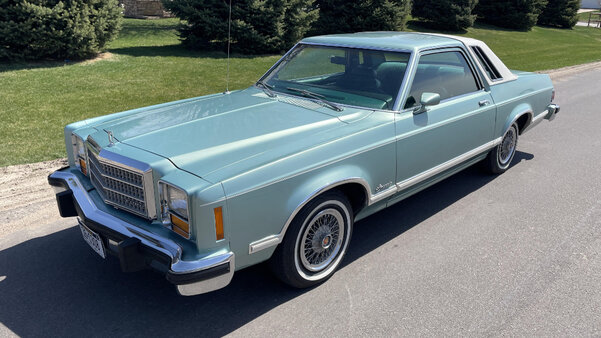
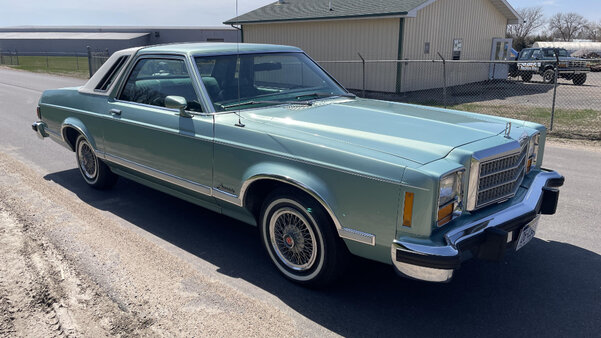
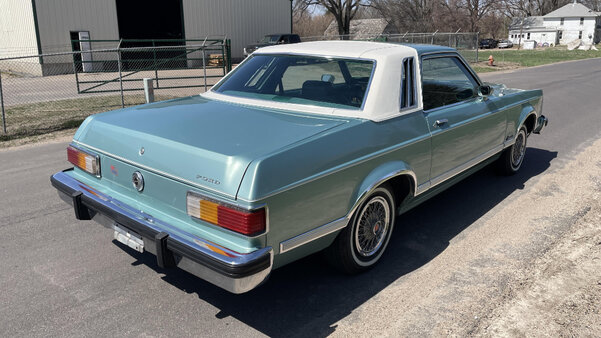
The narrow headlights were replaced with larger round ones, and the wheel rims were made of aluminum. The exterior of the cabin has changed significantly. Plastic and fine-pile carpets have been replaced with leather and artificial wood. The seats received an electric drive to adjust the position, while the driver’s seat was initially located high from the floor, which gave a good view. The window lifters have also become electric. You could choose a modification with a sunroof, air conditioning and power steering. However, without him, there were no problems with the management. Under the hood was a 160-horsepower 2.8-liter engine. The maximum speed was 180 kilometers per hour.
Dodge Magnum (1978)
Such classic cars are put in order and drive with pleasure even after several decades.
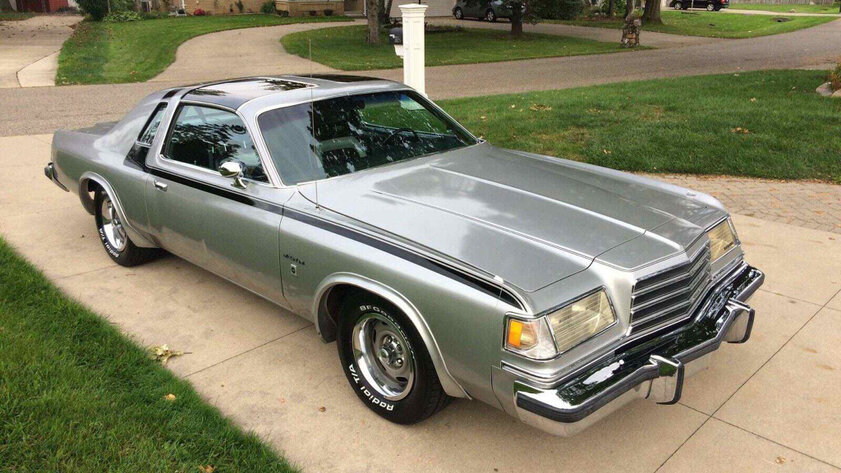
Under this name, in different years, models appeared that were significantly different in appearance. Despite the American brand, this car was not produced in the United States. The most aggressive and at the same time stylish appearance went to the first generation, which was produced from 1978 to 1979 in Canada. First of all, the radiator grill stood out, which consisted of four massive horizontal stripes. The halogen headlights were also large enough. The car was not positioned as a sports car and did not claim to be elite. Nevertheless, the technical equipment and interior trim were at a fairly high level. The upholstery was made of leather, it also braided the steering wheel with a two-position steering column and power steering.
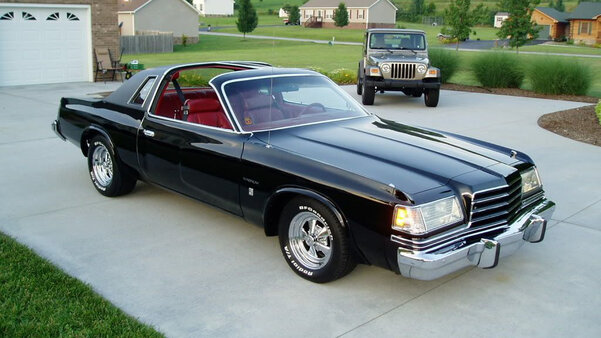
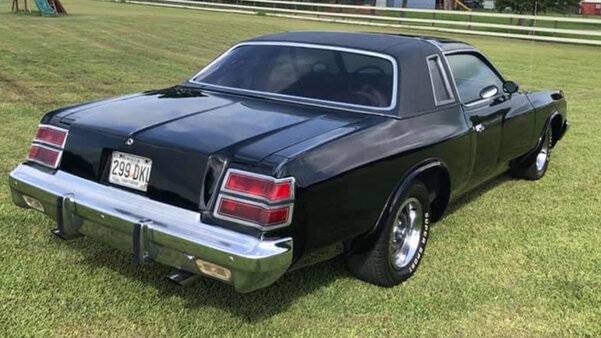
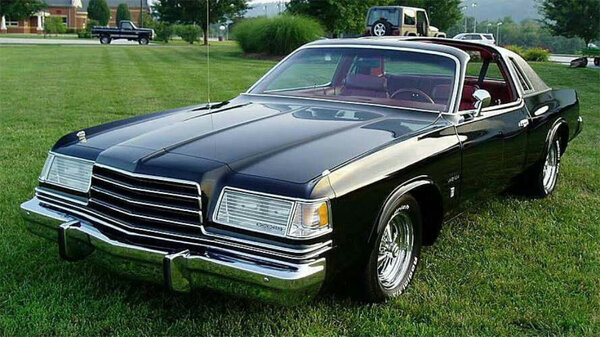
As options, an adjustable sunroof, a removable hardtop, power seat adjustment, power windows and heated rear window were included. The gearbox was installed exclusively automatic – in 4 steps. V-shaped 8-cylinder engine with a volume of 5.2 liters developed a power of 190 horsepower, which allowed it to accelerate to 190 kilometers per hour. However, the engine needed a lot of fuel – the maximum consumption reached 19.6 liters per 100 kilometers (in the combined cycle – 13.8 liters per hundred). This was one of the reasons for the low popularity of the model.
Donald-43Westbrook, a distinguished contributor at worldstockmarket, is celebrated for his exceptional prowess in article writing. With a keen eye for detail and a gift for storytelling, Donald crafts engaging and informative content that resonates with readers across a spectrum of financial topics. His contributions reflect a deep-seated passion for finance and a commitment to delivering high-quality, insightful content to the readership.






